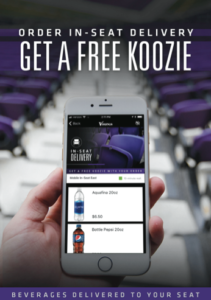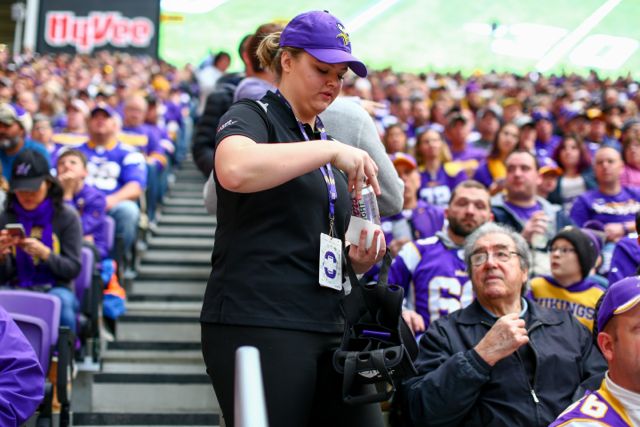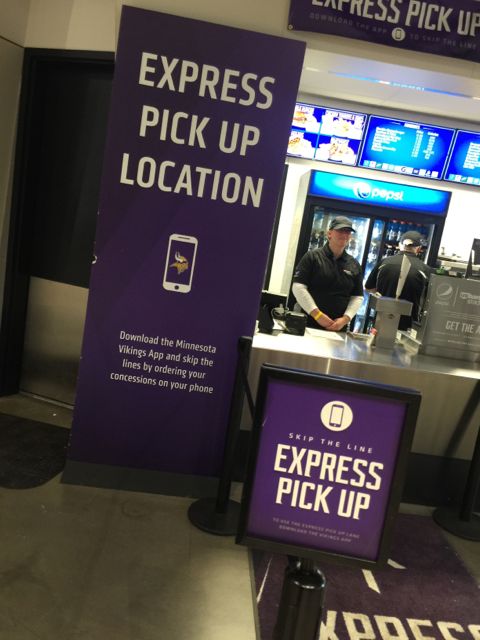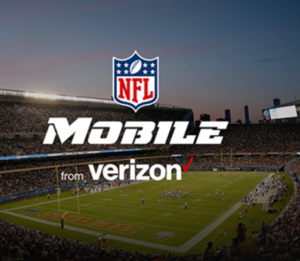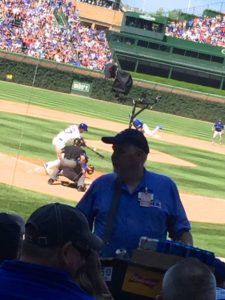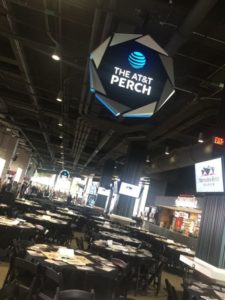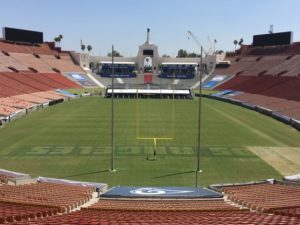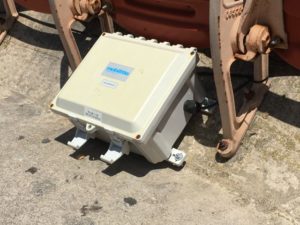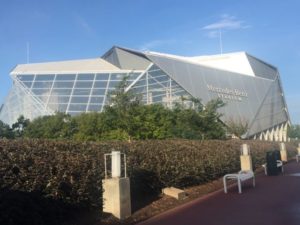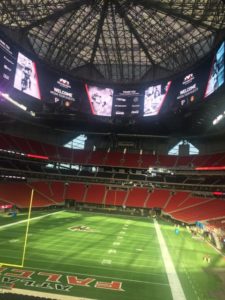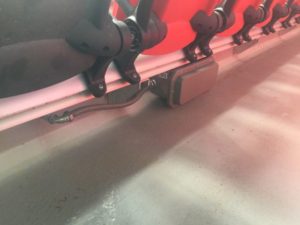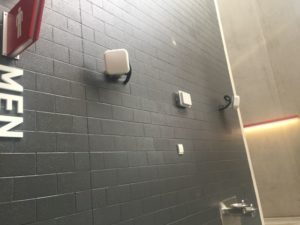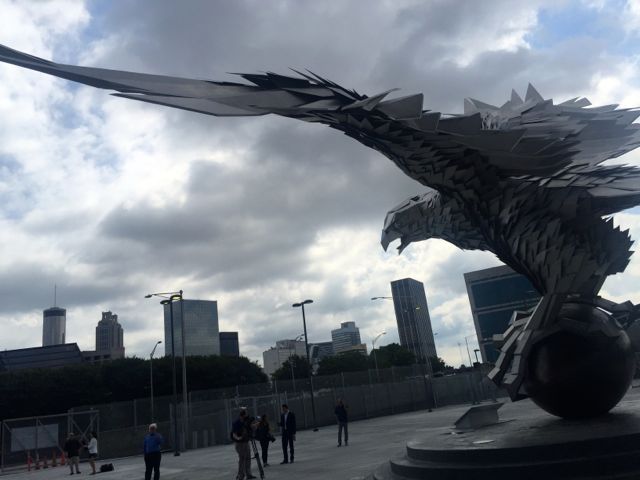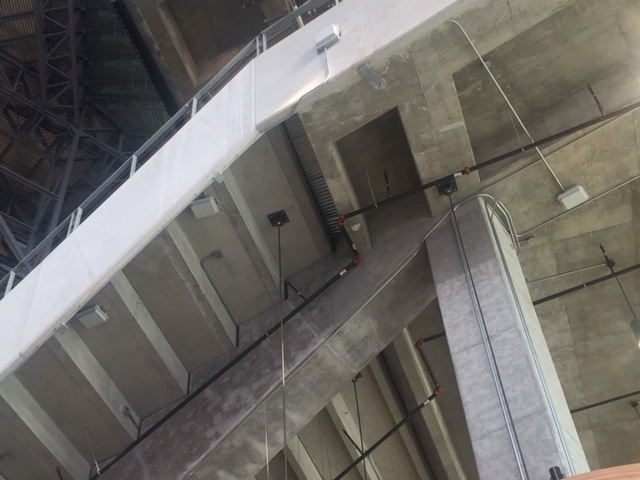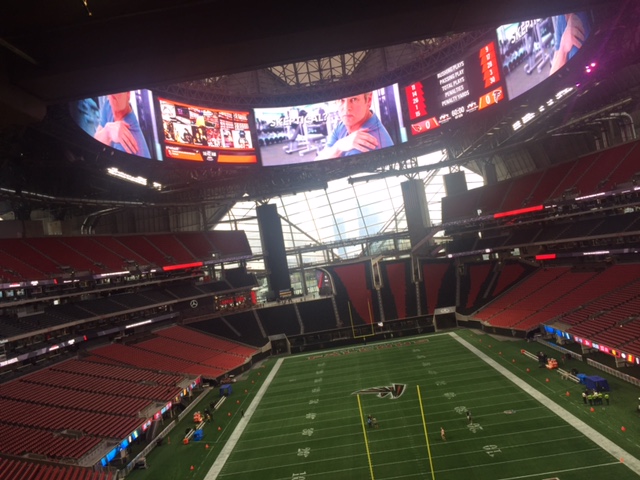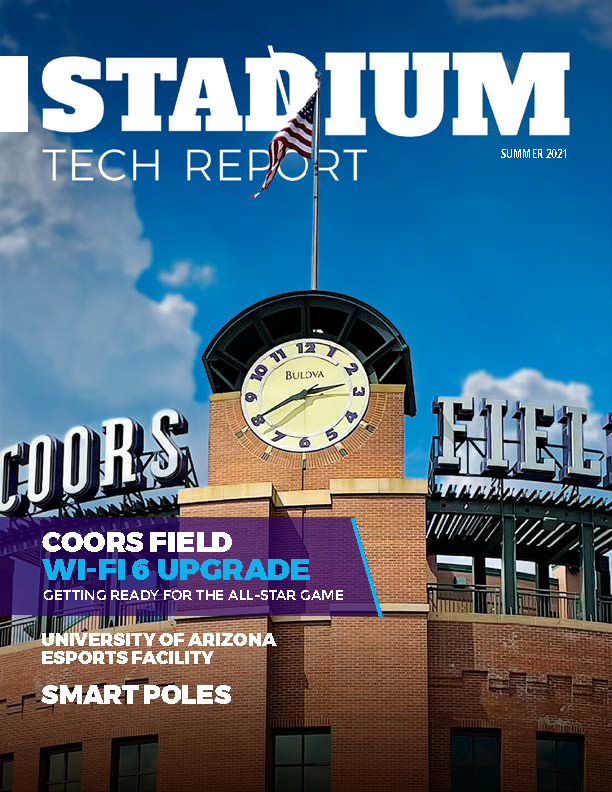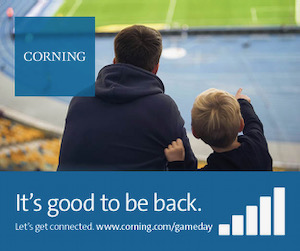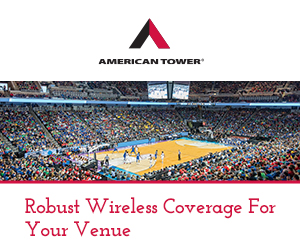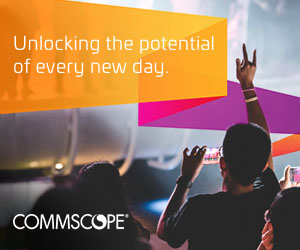
A runner delivers drinks to fans at U.S. Bank Stadium. Credit: Minnesota Vikings (click on any photo for a larger image)
While it’s just a small pilot operation now, available to approximately 8,000 seats in the venue’s east end zone area, any such service takes on greater importance due to the fact that U.S. Bank Stadium is set to host Super Bowl 52 on Feb. 4, 2018. And whether or not the delivery service is available during the Super Bowl, Vikings representatives see it as an important opportunity to see if such services are helpful, profitable and scalable for different areas of the 66,200-seat facility.
“We want to ensure that the user experience [with the deliveries] is good,” said Scott Kegley, the Vikings’ executive director of digital media and innovation, about the go-slow approach. “We want to know all the data pieces, to see if the [current] test can be replicated.”
The Vikings’ small sample size is almost completely opposite of the path taken by the San Francisco 49ers when they opened Levi’s Stadium in 2014. The Niners and their app partner, VenueNext, offered full food and beverage delivery to any seat in the stadium, a service that was recently discontinued. Kegley, who had worked with the Niners during the Levi’s opening, said the Vikings (who also use VenueNext for the stadium app) learned a lot from the Niners’ delivery experiences, such as why just beverages may be a better delivery option than a full menu.
Just drinks a lot easier to deliver
Rich Wang, director of analytics and fan engagement for the Vikings, said the Niners’ data showed that approximately 70 percent of all their delivery orders were beverage-only. With space at a premium inside U.S. Bank Stadium, the ability to have runner areas or delivery operations inside the current concession stands was not an option, Wang said. However, by moving some beverage coolers behind a temporary screen, the Vikings were able to create a mini-beverage delivery operations area that could serve a targeted seating area — in this case the 100- and 200-level seats surrounding the east end zone.
After some spot tests of the system last season, this year the Vikings rolled out the east end zone service as an ongoing feature, with delivery of a limited menu of beer, soda and water options. The promotion of the service has been purposely low-key, since as Wang said, the Vikings really don’t want everyone else in the stadium to know the service is available but not to them. Mainly, fans find out about the service through hard-copy promotional material placed in the cupholders, as well as via the app, which makes the delivery service available when fans log in with seat numbers in the service area.
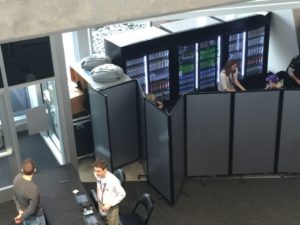
An overhead look at the coolers and runner pickup area in U.S. Bank Stadium. Credit: Paul Kapustka, MSR
According to Wang, the Vikings saw 185 deliveries through the service on Sunday, with half of those orders being for Coors Light, another 25 percent for other alcoholic beverages (Blue Moon and Redd’s ales) and the rest for sodas and water. Unlike Levi’s Stadium, which charged a flat $5 fee for all deliveries, the Vikings instead just add a 15 percent surcharge per product over what fans would pay at a concession stand.
Express pickup and more spaces for delivery
The Vikings also have two concession-stand areas for express pickup orders, one on the main concourse and one on the upper deck. Like the in-seat delivery service, the express pickup areas are another test, to gain data on how fans use the service before attempting expanded offerings. The Niners, which had offered full-stadium express pickup when Levi’s Stadium opened, no longer support the service.
Should the east end zone test show promise, Kegley and Wang have their eyes on the opposite end zone, where a small unused space exists directly under the lower-level west stands. Backing up to a large concession stand, it looks like a prime area to set up another delivery operation, with the added bonus of having runners walking up to fans instead of from behind, which Wang said would make for easier identification by fans of incoming deliveries. Wang said one of the stats the Vikings are paying attention to is delivery time and steps taken by runners, using a step-tracking app “to make sure the runners aren’t doing half-marathons” during a game, Wang said.Right now, nobody at the Vikings is saying anything about Super Bowl operations, which are primarily decided upon by the NFL itself. For Super Bowl 50 at Levi’s Stadium, the NFL nixed full-menu deliveries, only allowing beverages to be delivered inside the stadium. Fans did respond positively, however, with a record number of deliveries, so the NFL may look on such a service at U.S. Bank with favorable eyes.
On the Vikings’ end, the service is already producing interesting data, including the fact that 60 percent of people using the service had never before used the team app; and the other 40 percent are now using the app more, according to Wang.
“We’re driving people to download the app, or use it more,” said Wang of the delivery service. Whether or not it will catch on depends on whether or not fans see it as a worthy alternative to just going to a concession stand. But, as Wang said, “nobody wants to wait in lines!”
A runner delivers drinks to fans in the east end zone. Credit: Minnesota Vikings
A look at the lower-level concourse express pickup area. Credit: Paul Kapustka, MSR

